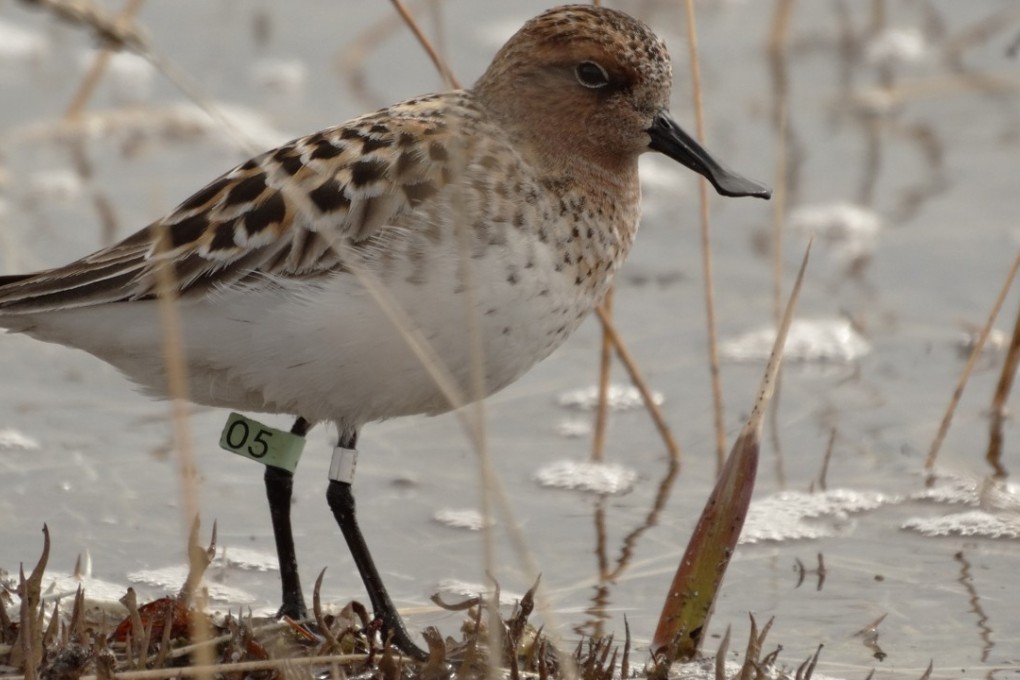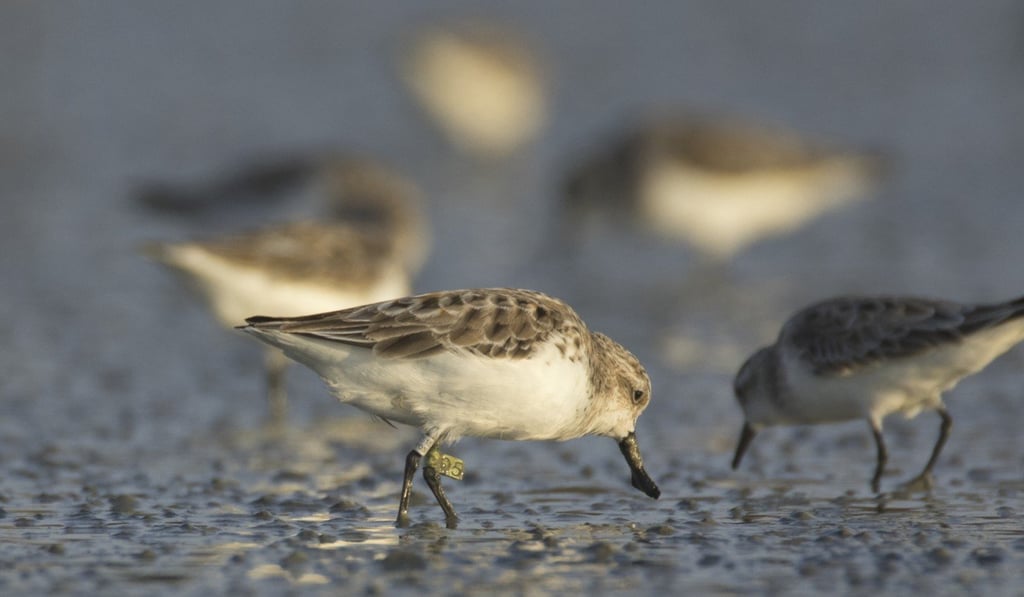China’s key role in international fight to save one of rarest birds in the world from extinction
A wetland in Jiangsu province – a vital stopover for the spoon-billed sandpiper on its migration south from Siberia – needs protecting against development, one of a number of threats to a species with under 250 breeding pairs left

Pavel Tomkovich spent the summer 300 kilometres below the Arctic Circle in Chukotka, an isolated coastal region of northeastern Siberia. Each day he packed hand-held flares and a pepper spray as protection against bears, and set off into the wilderness in search of a critically endangered bird – the spoon-billed sandpiper.
Tomkovich, head of the ornithological department of Moscow State University’s Zoological Museum, is part of the international Spoon-Billed Sandpiper Taskforce, involving Russia, China and a number of other countries fighting to save the species from extinction. With numbers falling from an estimated 1,000 breeding pairs at the turn of the millennium to fewer than 250 pairs in 2014, the taskforce is hoping efforts will lead to a 50 per cent increase in the population by 2025.
Pet trade is driving Indonesian rare birds dangerously close to extinction
There are concerns among conservationists, however, that despite a raft of measures introduced to protect the species, probably the most important stopover for the species on its migratory route south in winter – in China’s Jiangsu province – is an unprotected wetland at risk of development.
The spoon-billed sandpiper is a shorebird with a distinctive spatula-like bill. It feeds on worms, crabs and clams in muddy, shallow coastal waters.

Every summer, the birds return to Chukotka from South and Southeast Asia to breed in Siberia under the watch of Tomkovich and his team. “Three or four eggs are usually produced. Females stay with their new families for several days before migrating southwards, leaving the chicks to be cared for by the males,” Tomkovich says.
“We search for birds, their nests and newly laid eggs. We attach identification flags to the legs of adults and chicks in order to study their migratory routes.”